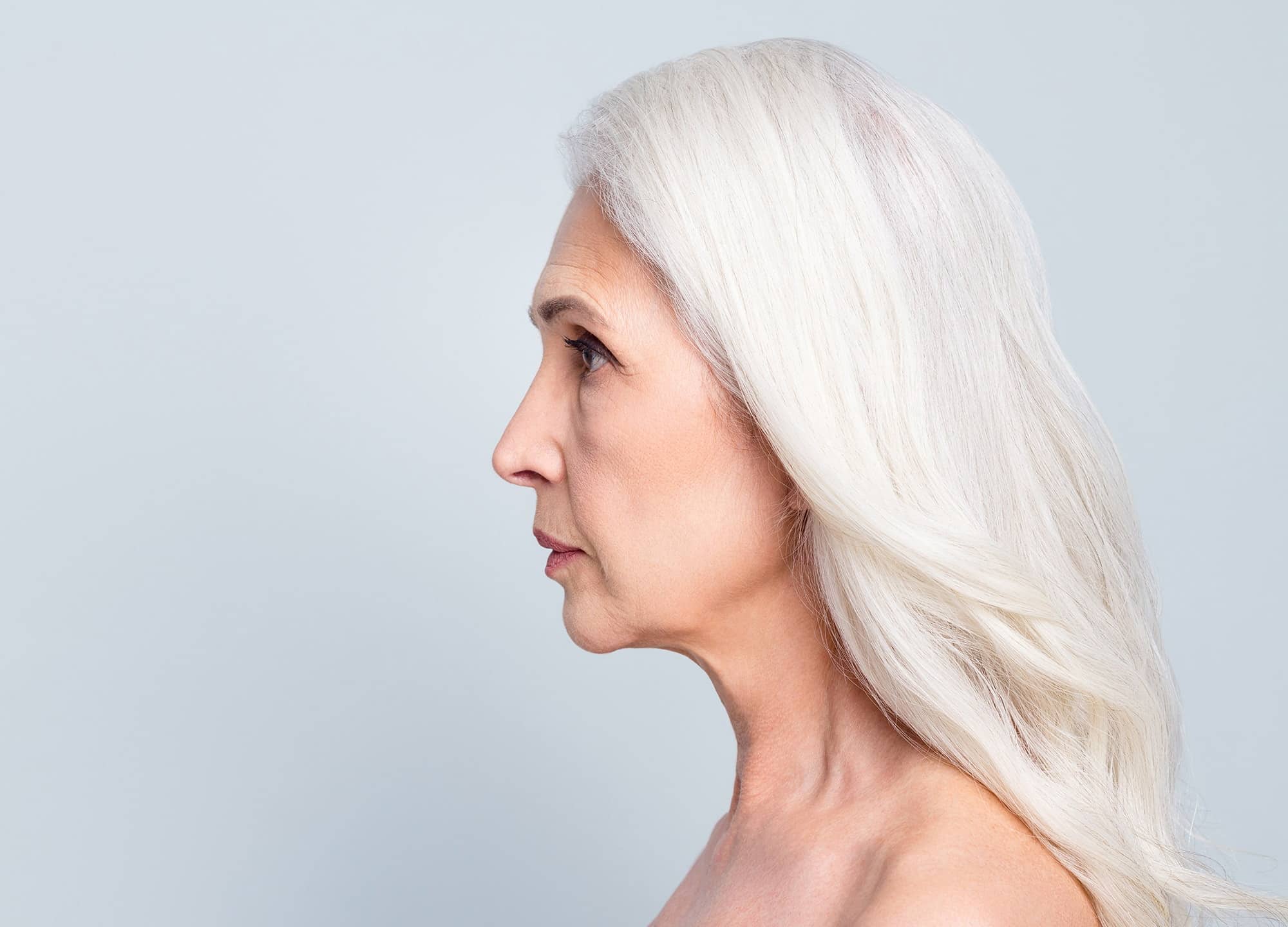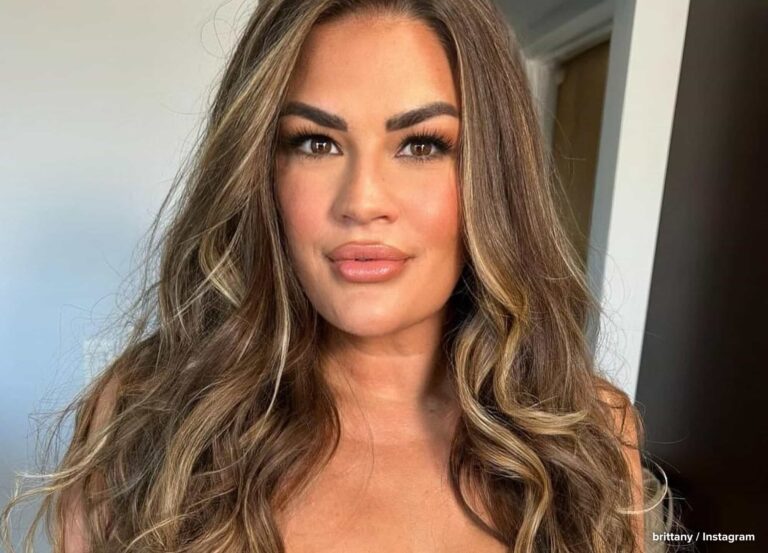Though it may sound trite, the sentiment is true: age is just a number; it’s really about how we feel on the inside. However, as we get older, it can be a challenge to reconcile those feelings with what we see in the mirror—namely, the effects of gravity, sun damage, and weakening collagen fibers. But don’t confuse this for vanity: studies show that how we feel about our appearance has a direct impact on self-esteem and life satisfaction. It’s why so many of us opt for elective procedures, regardless of age.
As some baby boomers enter their 70s, many are considering plastic surgery for the first time—or are going back for more—especially in the case of facial plastic surgery. A recent statistics report from the American Society of Plastic Surgeons shows that facelifts, blepharoplasties, and neck lifts are the most popular procedures booked by those over 70. Naturally though, one has to wonder if and how age plays a role in major factors of surgery, like preparation, recovery, healing, outcome, and safety. The good news is, there’s not too much info that’s worrisome but plenty that’s exciting. Read on for what experts say are the five critical things to know when considering plastic surgery in your 70s and beyond—as well as the invaluable insights of an 81-year-old patient.
Mature doesn’t necessarily mean “fragile”
The stereotype that those over 75 are frail, sedentary, or infirm is an outdated one. “What 75 means today is not what 75 meant a generation or two ago,” says Dr. Gerald Imber, a board-certified plastic surgeon in New York City. “At 75, people are working, playing singles tennis, and in the gym every day—it’s a different world.” Generally, patients in this age bracket are healthy and active. “They may look 70, but they don’t feel like it,” says NYC board-certified facial plastic surgeon Dr. Dilip Madnani.
Linda, an 81-year-old patient of Dr. Madnani on Long Island, exemplifies this. “I’m always taking care of myself,” she says. “That’s very important, especially when you get older.” She’s a member of a gym and works out frequently and beyond staying active physically, is very active socially too. “I belong to a country club, my husband and I travel a lot—I’m always ‘going’ and ‘doing.’” She is not a stranger to plastic surgery—Linda had a blepharoplasty in her early 40s as well as a facelift and neck lift in her late 60s and has since seen Dr. Madnani for a second facelift in November 2021 and a second blepharoplasty in April 2022.
“I have very good genetics and good skin, I look 60—my husband is 63. I don’t look 81 at all—but my neck was bothering me,” Linda says. After dissatisfaction for years with the outcome of her previous procedure, she decided to seek out a new provider for her second lift. She found Dr. Madnani through word of mouth (and conveniently, his practice is down the block from her home). Beyond his work and their rapport, what convinced Linda to book was Dr. Madnani’s use of local anesthesia—more on this shortly.
And it’s not just women seeking out surgery over 75. Dr. Imber tells us his male patients often seek out combination facelifts and neck lifts because “the turkey wattle” is more prevalent in men than in women. “The usual thing that you hear is, ‘My grandchildren make fun of it and play with it.’”
Good health is critical to a successful surgery
To be a candidate for plastic surgery, you need to be in sound health, both physically and mentally. Beyond facial or body dysmorphia, “inadequate or unrealistic expectations are some of the usual disqualifications for surgery,” says Dr. Madnani. Your plastic surgeon—in conjunction with your other doctors—will also determine if you’re physically fit enough to proceed. But older age is not an indicator of poorer health, and if you’ve been cleared for other major procedures, like open-heart surgery, you’ll get the all-clear for plastic surgery.
In fact, in some cases, having had heart surgery can make you an even better candidate. “People who have had issues with their coronary arteries and have had stents put in have healthier hearts than the average 60 year old who hasn’t, because they’ve already opened up the blocked arteries,” Dr. Imber points out. “What’s worrisome is anticoagulants, or blood thinners.”
Patients are typically prescribed blood thinners because they’re at risk of a stroke; the use of blood thinners must be paused ahead of surgery for several days to avoid major complications, including serious bleeding. A patient’s blood pressure must also be under control ahead of surgery, whether that’s with or without the assistance of medication. However, depending on the severity of your unique medical history, these conditions won’t necessarily preclude surgery—that’s for your cardiologist to decide.
Other contraindications of plastic surgery are diabetes and smoking, because they constrict and damage small blood vessels, reducing your skin’s ability to heal properly—you could even lose patches of skin to necrosis. But both Dr. Madnani and Dr. Imber find that patients in this age bracket rarely smoke or have quit long ago—and most are in excellent health. Healthy patients can be any age: “I’ve had a cosmetic surgery patient who was 88 and could probably beat me in an arm wrestle,” quips Dr. Imber. Dr. Madnani cites a patient in her mid-80s who was the talk of her assisted-living community after her facelift. “She just wanted to feel better about herself, and I couldn’t think of any reason to say no to her,” he says. “She’s still enjoying her face.”
Both doctors also find that it’s these active, healthy patients who see them for a consultation; those in poorer health are uncommon visitors. “People who care enough to have cosmetic surgery over 70, who care about how they look, tend to be actively involved in life,” says Dr. Imber. “The red flag goes up when people stop taking care of themselves and expect you to do it for them.”
General anesthesia isn’t a given
It sounds surprising, but many plastic surgery procedures don’t necessitate the use of general anesthesia. In fact, neither Dr. Imber nor Dr. Madnani uses it. Instead, they use local anesthesia in conjunction with sedation (Dr. Imber prefers intravenous sedation, while Dr. Madnani prefers oral). “I was so excited to hear that I could get local anesthesia,” says Linda. ”I felt that if I was going through elective surgery, I didn’t want to have general anesthesia—I was nervous about it at my age.” She shares that after taking her combination of sedatives, she was groggy and relaxed but awake. “You feel tugging, but you don’t feel any pain,” she says.
Dr. Imber says that he works to time his procedures so that his patients are awake at the end, allowing them to walk to the recovery room rather than being rolled there on a gurney. Consider, then, the stark contrast of going under general anesthesia—you wake up disoriented, like you “just came out of a coma,” because, well, you did. “General anesthesia takes a toll on anyone,” explains Dr. Imber. “Recovering from it is a big deal, but coming out of sedation is like having a colonoscopy—it’s nothing.”
Though rare, the risks and side effects of general anesthesia (from small to serious) are what tend to increase surgeons’ complication rates and prevent many from considering plastic surgery overall. Knowing that facial procedures like facelifts, neck lifts, and blepharoplasty—and in some cases, body surgeries, including breast augmentation and liposuction—can be performed under local anesthesia is a game changer for many. (Bonus: Because there’s no intubation, aspiration is unlikely, so you don’t have to go hungry or fast before your surgery.)
You should have reasonable expectations, which includes looking natural—and up to 10 years younger—after recovery
When a lot of us hear the word facelift, we envision the stereotypical bad lift: a tight, “windblown” face. “Many people feel that’s the only way facelifts can be done,” says Dr. Madnani. However, he notes that this look is not a mandatory outcome but a regional preference—or an obsolete combination of techniques. “In the old days, they were doing everything—brow lifts, midface, lower face, neck, lips—that was your facelift,” he says. Today’s work is more nuanced and more customizable. Dr. Madnani encourages a conservative approach, reminding his patients they can always come back for more procedures.
Beyond the antiquated notion that one’s face has to look pulled post-procedure, Dr. Madnani finds that people over 70 are great patients. “They’re just so happy with their outcomes,” he says. “Their expectations are more realistic, from recovery and what to expect from the surgery to what it’s going to do for them—they’re much more mentally prepared patients overall.” That’s especially true in the case of patients who are getting their second or third lifts. It’s quite common for those in this age bracket to have had a facelift around 55 or 60, then have it done again about a decade later. (Even if you religiously take care of your skin at home and in the doctor’s office, you can’t completely stop skin from sagging.)
Almost all Dr. Imber’s patients are “repeats,” as he says, due to the fact that they loved the results of their first lift. “They looked younger and better than their friends, remember how they looked, and would like to make the skin fit again,” he says—and in the cases of excellent outcomes, the repeat operation is even easier than the first, for both the provider performing it and the patient recovering. “Between the skin and the fat below it, there’s a fine veil of scar tissue from the old surgery,” explains Dr. Imber. A provider can use that scarring as a guide during the second operation—especially if they did the first, since they know they can trust their own work. “There’s no bleeding, it moves perfectly, and the recovery is far quicker, with less swelling and discoloration.”
After you’ve recovered from a good facelift, you can often pass for 10 or 15 years younger. “Though the results are visually dramatic when you put them side by side, it’s not like family and friends say, ‘Oh, wow, your facelift looks great,’” says Dr. Madnani. “It’s, ‘Oh, wow, you look younger and fresher,’ but they’re not really sure why.” However, don’t expect to go too far back in time: “If a 75-year-old patient looks 65, that’s terrific, but they’re not going to look 50—it doesn’t work that way,” notes Dr. Imber.
You can combine multiple procedures to make the most of your recovery period
Once you’re numb, you’re numb, so consider taking advantage of the moment—and the subsequent downtime—to tack on multiple procedures. Dr. Imber commonly pairs facelifts and neck lifts with microneedling, fat transfer (often in the tear troughs), and two other, unexpected procedures: earlobe shortening and a nasal tip lift. “They’re minor things, but they make all the difference in the world,” he says. Both features droop with age; adding a few extra incisions and minutes to your initial procedure can shave years off your look.
Dr. Madnani often incorporates fat grafting and laser resurfacing into his facelift or blepharoplasty procedures; Linda experienced both. She’d gotten filler in the past but had become increasingly unhappy with how puffy it made her look. Dr. Madnani suggested fat transfer in her nasolabial folds along with her face and neck lift, and she also had her face and neck treated with CO2 laser. “You couldn’t believe I’m an 81-year-old person with a neck like this!” she says.
Linda’s enthusiasm about her outcomes—and how they make her feel when she looks in the mirror—is palpable. “I’m not doing this because I have a younger husband, I’m doing this for myself,” she says. “I cannot go out without looking the way I want to look—and when you look good, you feel good.”











